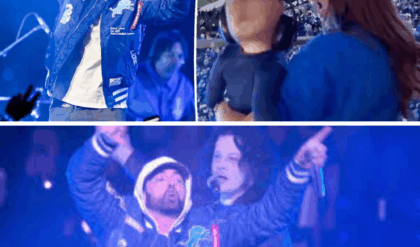While Black Sails created an entertaining story, the series drastically changed the true story of the famous Golden Age pirate Charles Vane.

Black Sails dramatizes the true story of the famous real-life pirate Charles Vane to create an exciting story. This prequel to Robert Louis Stevenson’s novel Treasure Island follows Captain James Flint, a pirate fighting to save New Providence Island from the British and Spanish forces during the Golden Age of Piracy. Like the original novel, Black Sails weaves together fiction and history to create compelling characters and storylines.
One of the best examples of this is the character Charles Vane – a fictional version of the actual Golden Age pirate. Charles Vane was introduced in the premiere of Black Sails and stole the hearts of fans. This created devastation when the pirate died in Black Sails season 3. Though some of his character arc and storyline match up with the real Charles Vane, the recorded history paints a more bleak picture of the famous pirate.
Zach McGowan’s Role As Charles Vane Explained
Black Sails’s Version Of Charles Vane is Noble But Feared

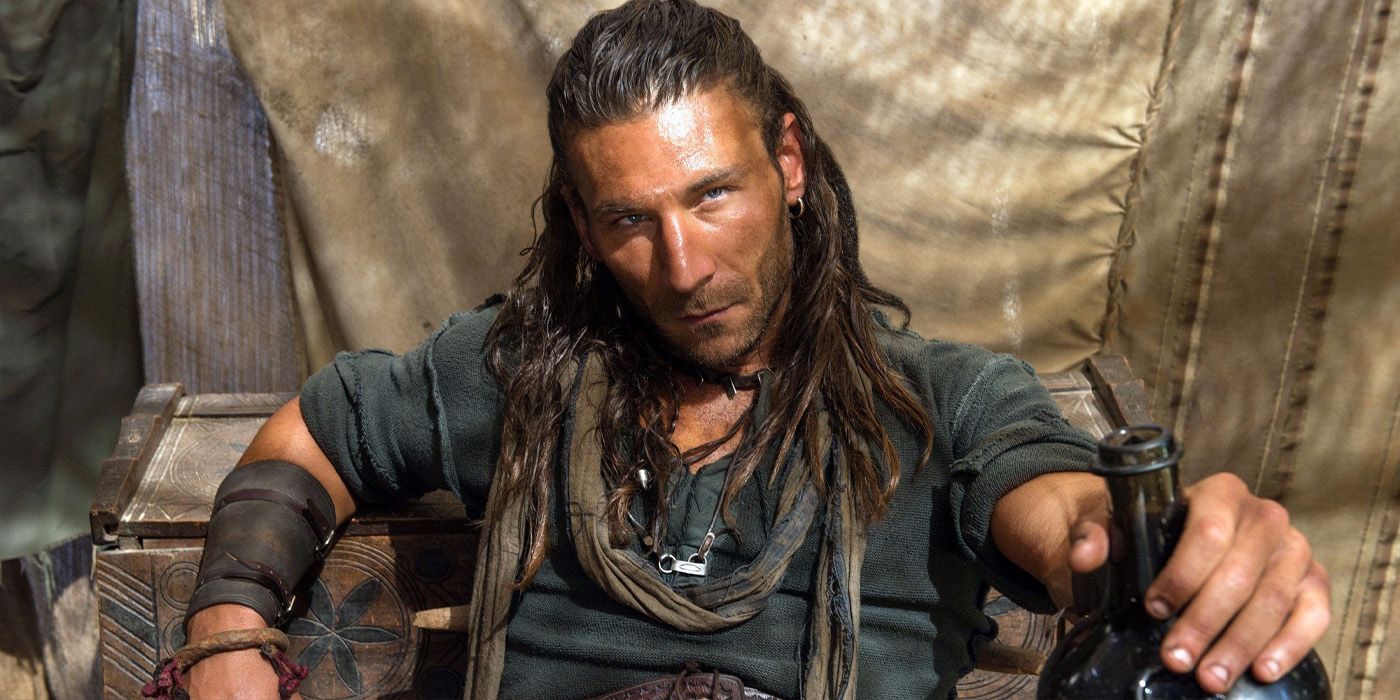

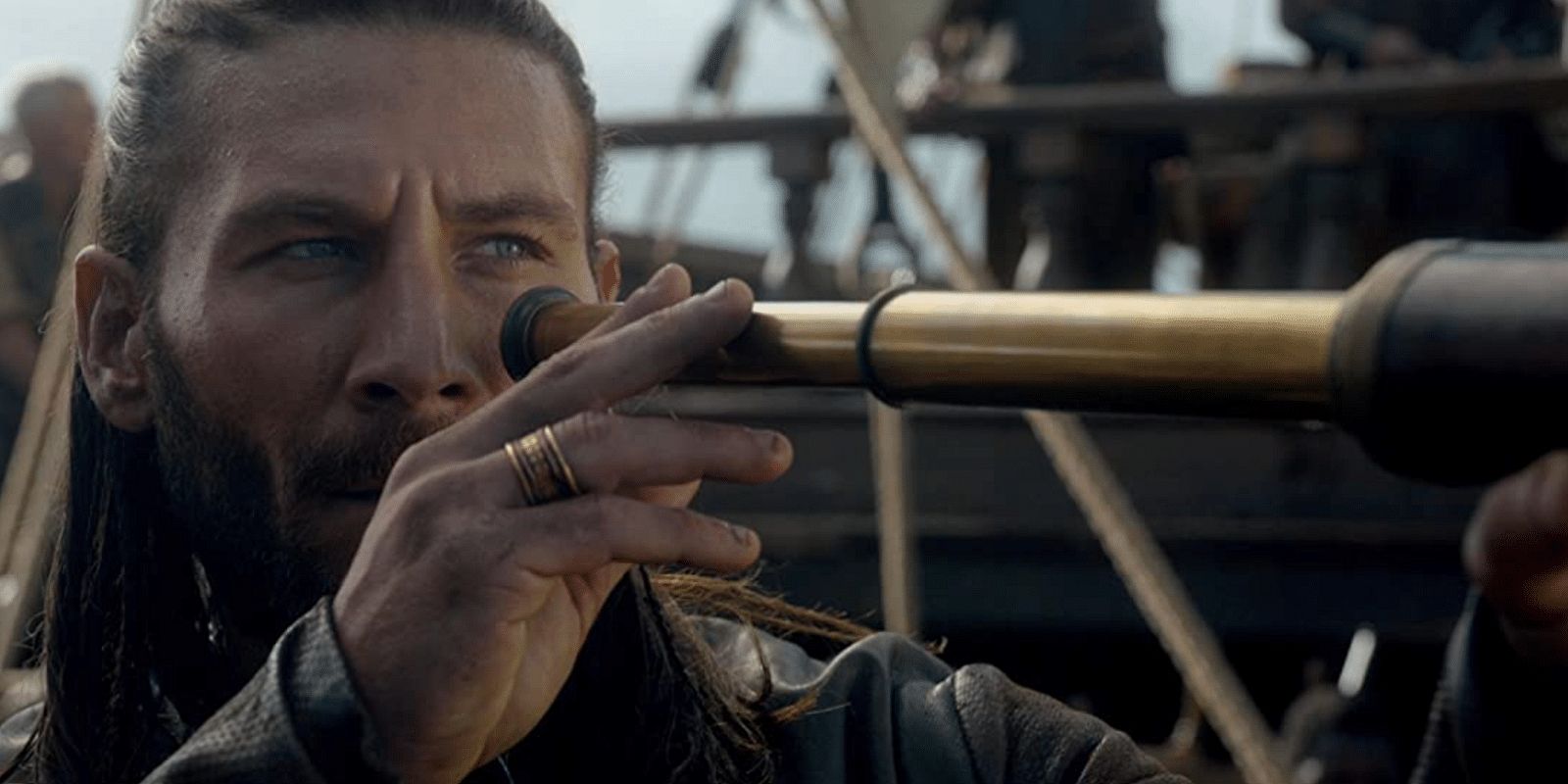
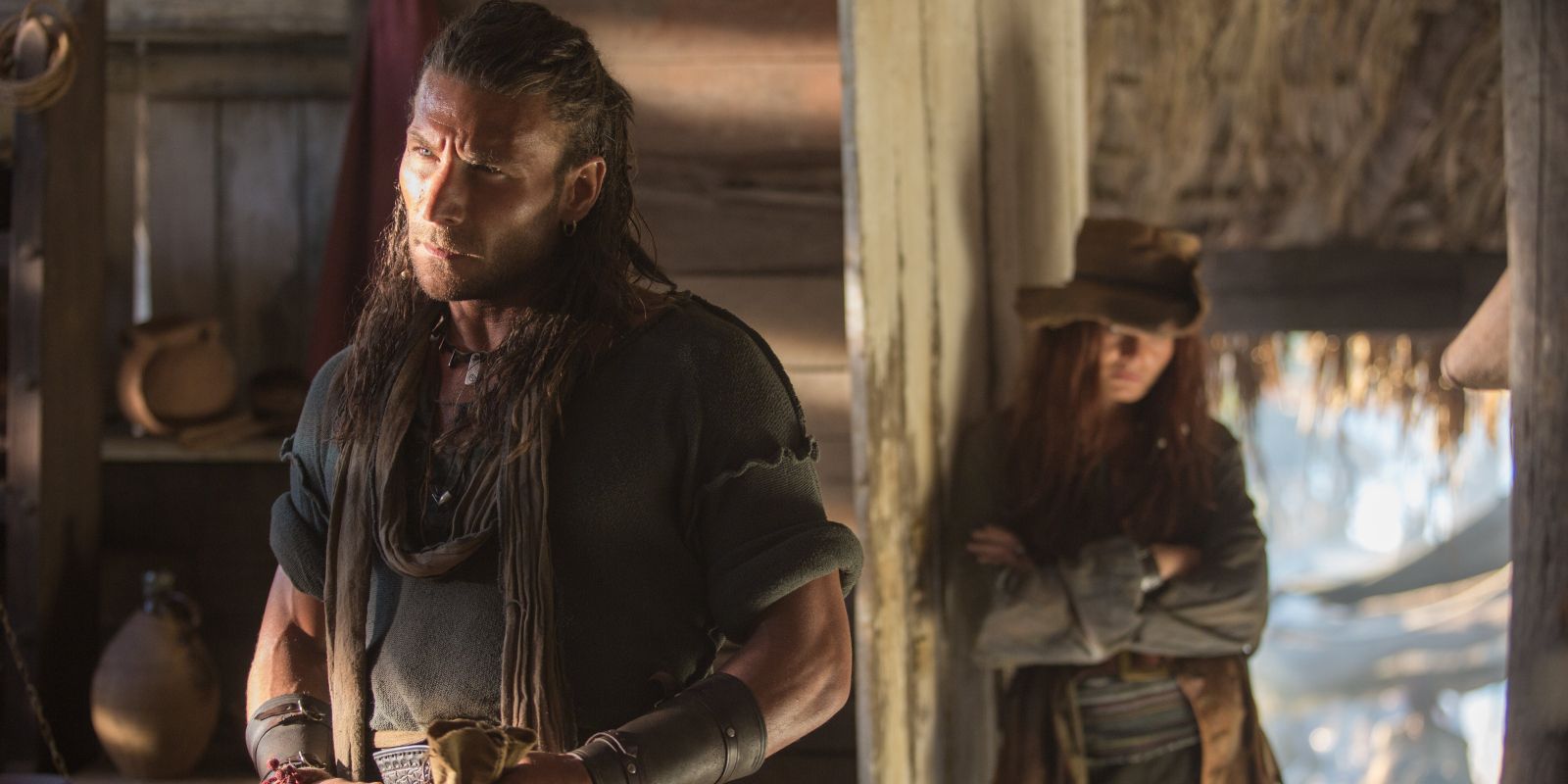
Like many of the real pirates in Black Sails, Charles Vane’s characterization is vastly different from his real-life counterpart. The series depicts him as violent but honorable, following the pirate code even when he didn’t follow laws. He isn’t often violent for violence’s sake, using it as a means to an end instead. Vane is never shown torturing people or engaging in excessive brutality throughout the series.
His Black Sails storyline centers on his relationship with Edward “Blackbeard” Teach – a fictional version of the real historical character – and Captain James Flint – an entirely fictional former Lieutenant and pirate captain. During Black Sails, he’s the only pirate not offered a pardon by Governor Rogers, making him seem more sympathetic. In the end, Charles Vane is captured on horseback and tried for piracy, getting a death sentence. While the story was extremely entertaining, very few parts of the actual storyline in Black Sails happened in real life.
Charles Vane’s Role In Henry Jennings’ Attack On The 1715 Treasure Fleet
The Real Charles Vane’s Start In Piracy
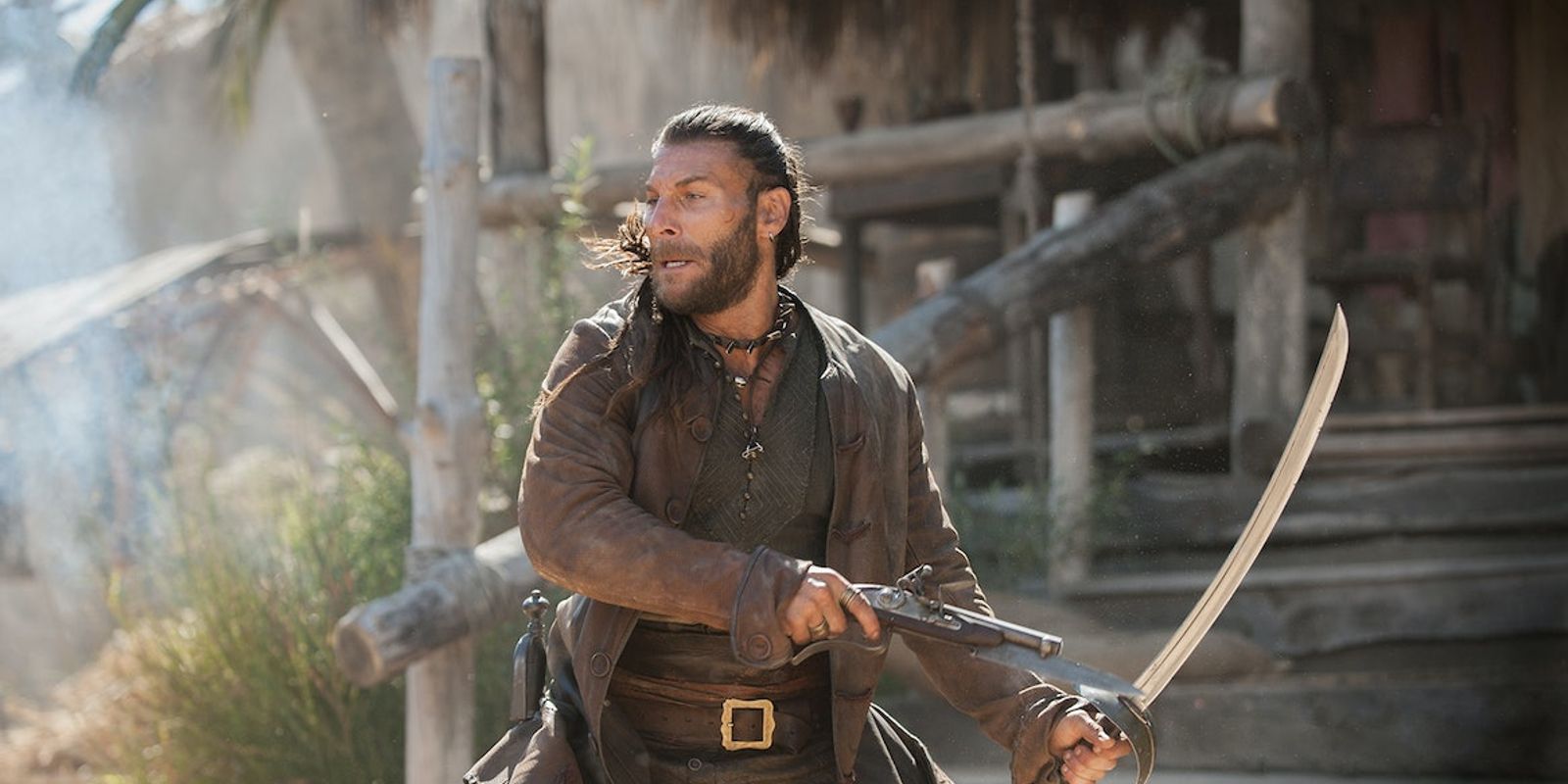
The real Charles Vane became a pirate either in 1715 or 1716 – the year is disputed by historians. When he started out, he was under the rule of Captain Henry Jennings. Though it’s a source of debate, some scholars believe his first work as a pirate helped Jennings attack two Spanish treasure fleets that sunk off the Gulf of Florida in 1715. Vane and Jennings specialized in retrieving silver from the treasure fleets that disrupted the efforts of the Spanish Crown’s crew. By 1717, Vane had ventured out on his own as an independent captain.
Why Charles Vane Had Such A Bad Reputation As A Pirate
Black Sails Tames Charles Vane’s Cruelty
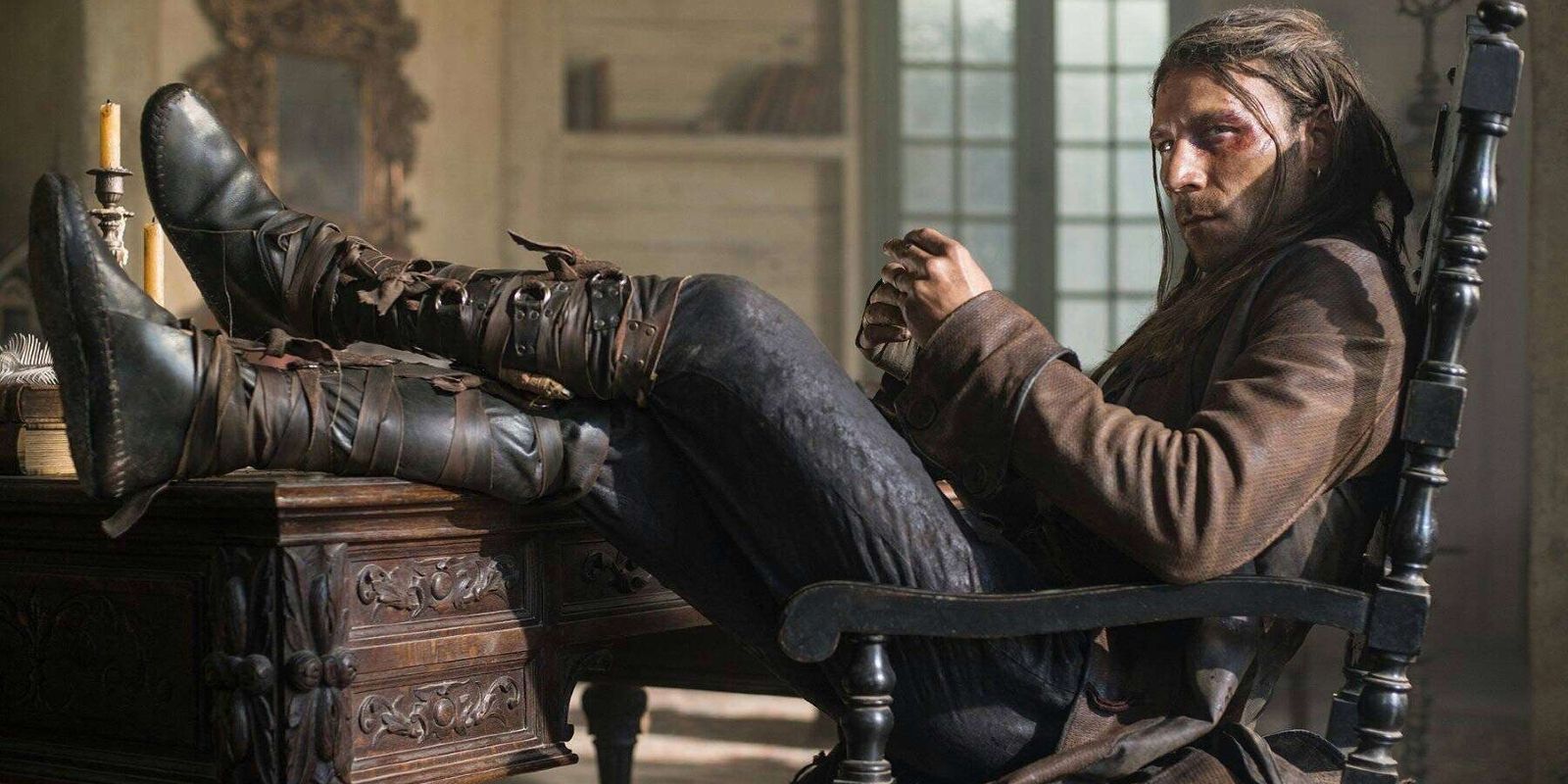
The captain of another ship, Edward North, shared that he was attacked and beaten, while another crewmate was tied to the front of the ship and tortured using fire.
Throughout Black Sails, Charles Vane is discussed as this terrible pirate, but he’s a saint compared to his real-life counterpart. The real Vane constantly tortured, maimed, and killed others. Nathaniel Catling, an escaped crew member from a captured ship, detailed how the pirates hung him and repeatedly slashed him open with cutlasses. Other crew members were beaten up when Vane’s pirates took over the ship. The captain of another ship, Edward North, shared that he was attacked and beaten, while another crewmate was tied to the front of the ship and tortured using fire.
Charles Vane wasn’t just cruel to his enemies, though. When pirates were insubordinate, the captain was known to keelhaul his enemies – a torture method that involved tying a person to a rope, throwing them into the water, and dragging them under the ship from one side to the other. This potentially lethal torture method was just one of the many ways Vane made others obey his orders.
On top of the ruthless methods of violence used by Vane, he didn’t follow the rules about distributing loot to his crew. While they could overlook the torture, pirates followed this part of the pirate code strictly with each crew member getting a portion based on their rank. The refusal to follow this part of the pirate code ultimately led to Vane’s downfall because his crew found him guilty of cowardice, relieved him of his job, and sent him off on a small ship with only a handful of crewmates.
Charles Vane’s Pardon Consideration & Official Return To Piracy
Charles Vane Received Two Pardon Offers In Real Life
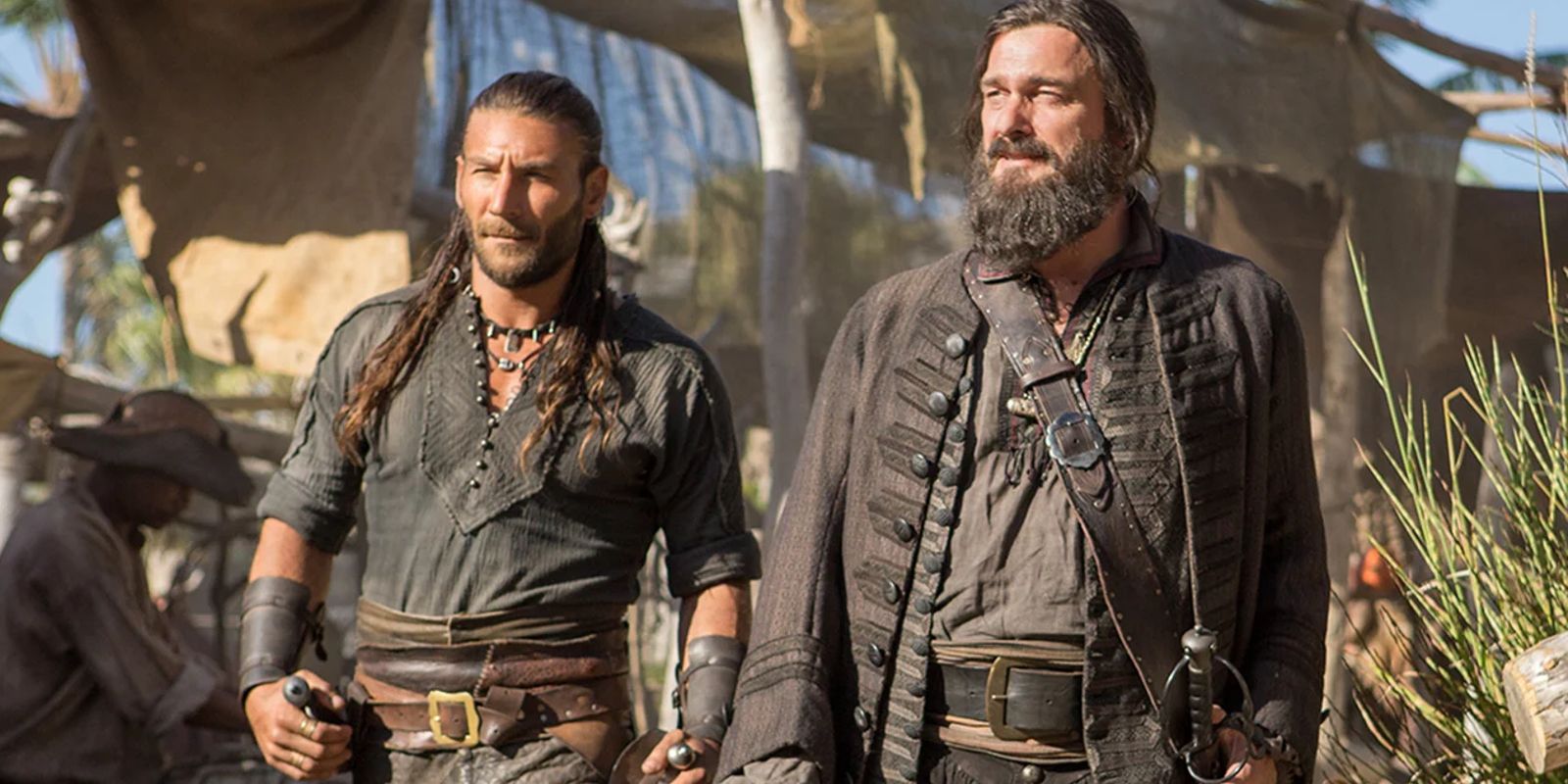
During Black Sails season 2, Governor Woodes Rogers offers a pardon to every pirate except for Charles Vane. This is far from real historical events, though. In September 1717, King George issued The Proclamation for Suppressing of Pirates, offering to pardon every pirate who renounced their ways and never returned to piracy. Initially, the real Vane led the group of pirates that opposed the proclamation. However, he accepted the pardon in February 1718, when Vane was caught by the HMS Phoenix. Only one month later, Vane and his crew returned to piracy.
In July 1718, pirates were once again offered a pardon under the same conditions – this time from the real Governor Woodes Rogers. Unlike the first time around, Vane refused to denounce his piracy or back down. Instead, Vane lit a newly acquired ship on fire and sailed it into Rogers’ vessels. Unlike what’s shown in Black Sails, Blackbeard had no involvement in planning or executing this incident. After this, the real Vane increased his plundering to taunt the Governor.
Charles Vane’s Arrest & Death Sentence Explained
Black Sails Drastically Changes Charles Vane’s Capture
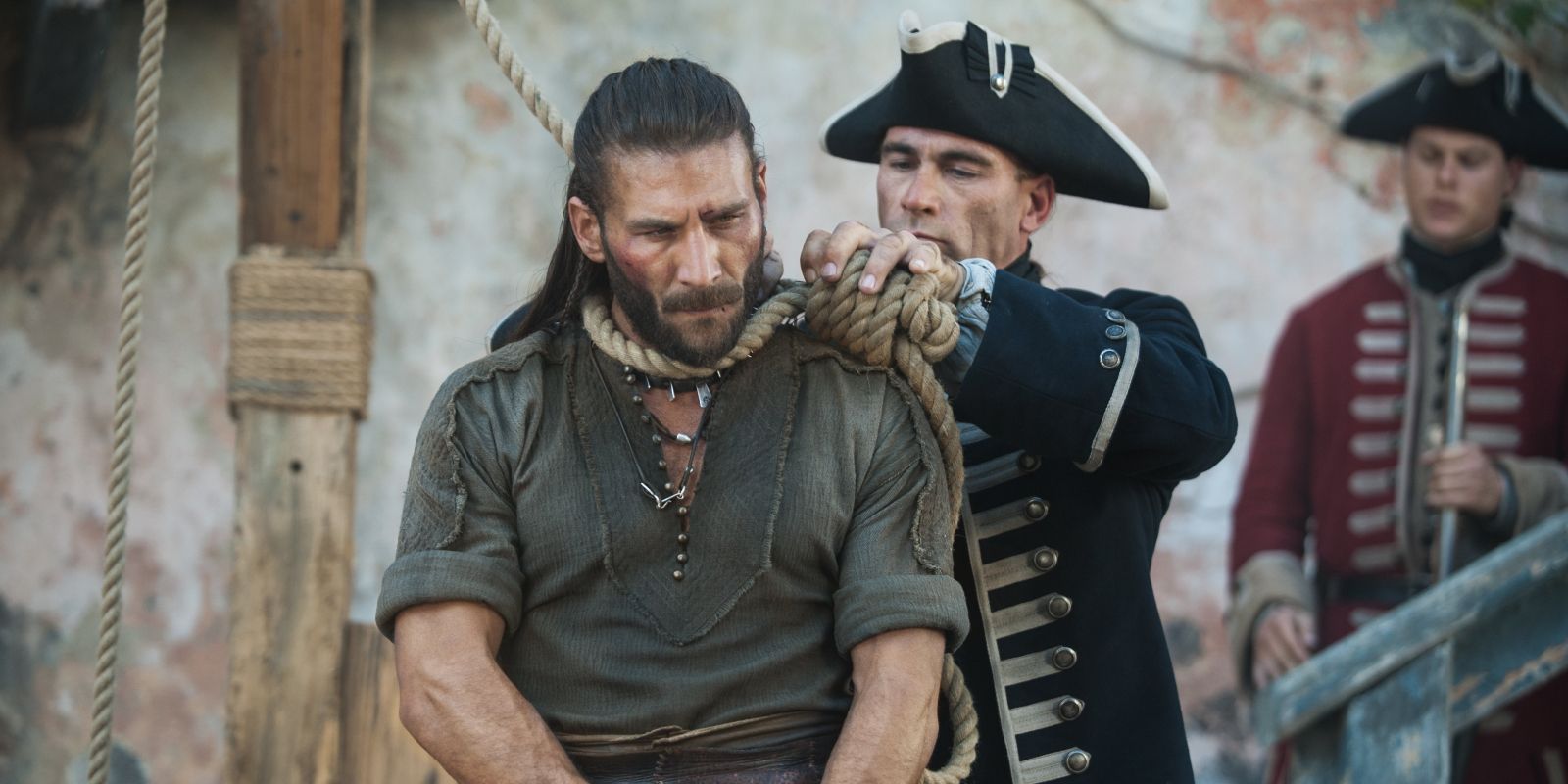
Vane stayed in prison for a year, then he was executed by hanging in March 1721, an event dramatized in Black Sails season 3
One of Black Sails’ biggest divergences from history is the way that Charles Vane was captured. The real Vane wasn’t on horseback, and he certainly wasn’t doing anything honorable when he was arrested. The real story of Vane’s capture started after the mutiny that removed his captaincy. A hurricane destroyed Vane’s smaller ship, killing all but two people. Vane and his crewmate washed up on Baracho Island, where they likely would have died if not for another pirate ship.
The pair were quickly found by a ship led by an enemy, Captain Holford, who left them stranded. Another ship picked them up, but that ship met up with Holford for lunch. Rather than letting him go a second time, Holford detained Vane and turned him in at Port Royal, Jamaica, where the Vice-Admiralty court tried Vane for piracy. When asked whether he had any witnesses or arguments to defend himself, he said no. This refusal to defend himself could be seen as brave or cowardly, depending on perspective.
Ultimately, Vane stayed in prison for a year, then he was executed by hanging in March 1721, an event dramatized in Black Sails season 3. The series didn’t, however, include the final outcome of the pirate’s body. Vane’s hanging body was placed in an iron cage on the islet of Gun Cay as a threat to all other pirates.
Why Zach McGowan’s Charles Vane Is So Popular In Black Sails
Charles Vane Is The Universal Fan-Favorite Black Sails Character
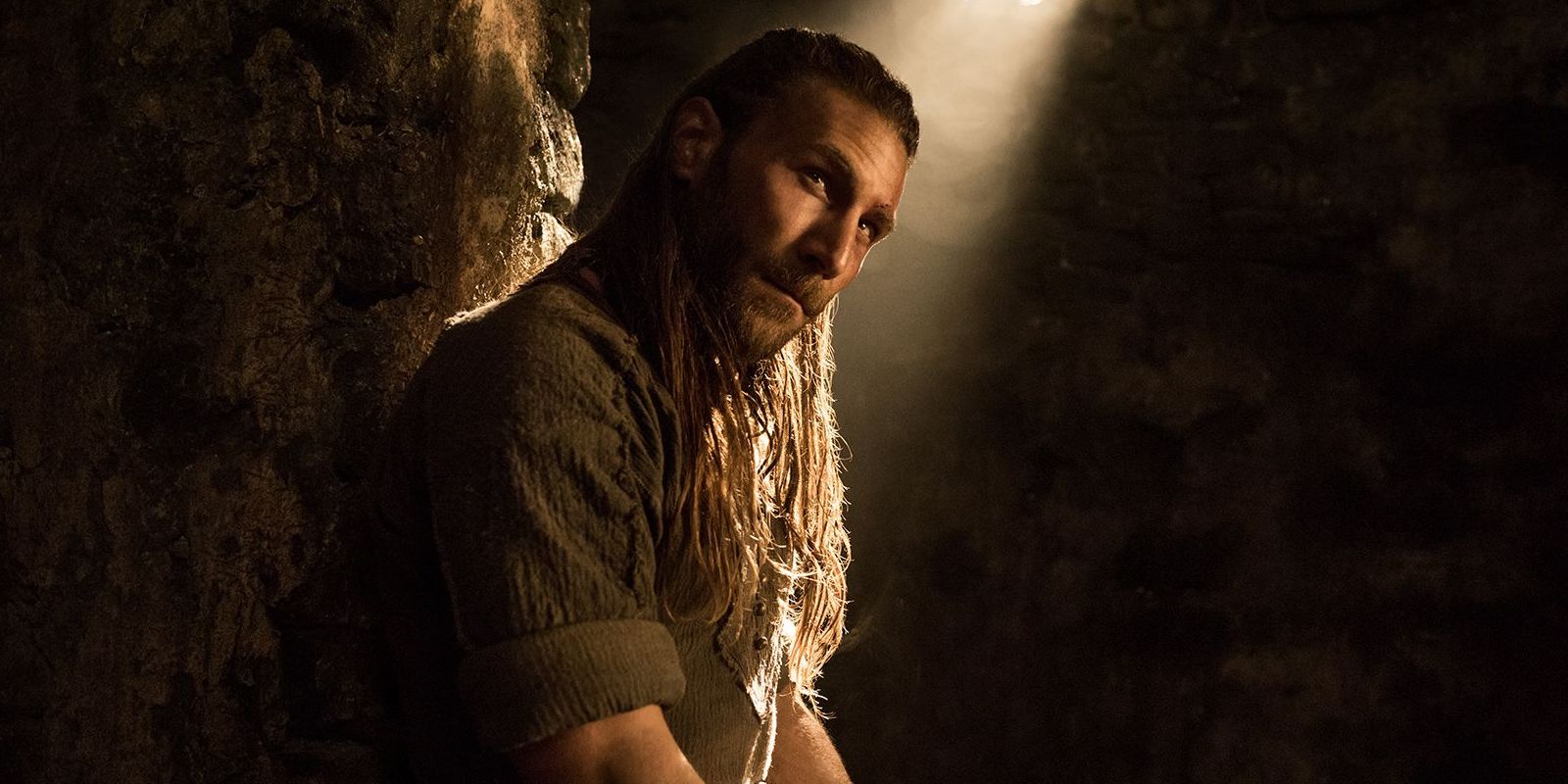
Due to his dedication to piracy, Charles Vane is truly the heart of Black Sails .
While Charles Vane was never intended to be the main character, he became a fan-favorite character in the Black Sails cast due to his dualistic personality which includes both viciousness and honor. Vane may not care about following the law of the land, but he strictly adheres to his own sense of justice. He’s a prime example of chaotic external alignment and lawful internal alignment. This blurring of the lines makes him one of the best anti-heroes on TV and a fan-favorite character in Black Sails.
Moreover, other pirates falter to the demands of the government, but Vane maintains his love of buccaneering until the very end, even when it puts a target on his back. He never even considers bowing to the demands of the governor. Due to his dedication to piracy, Charles Vane is truly the heart of Black Sails.

